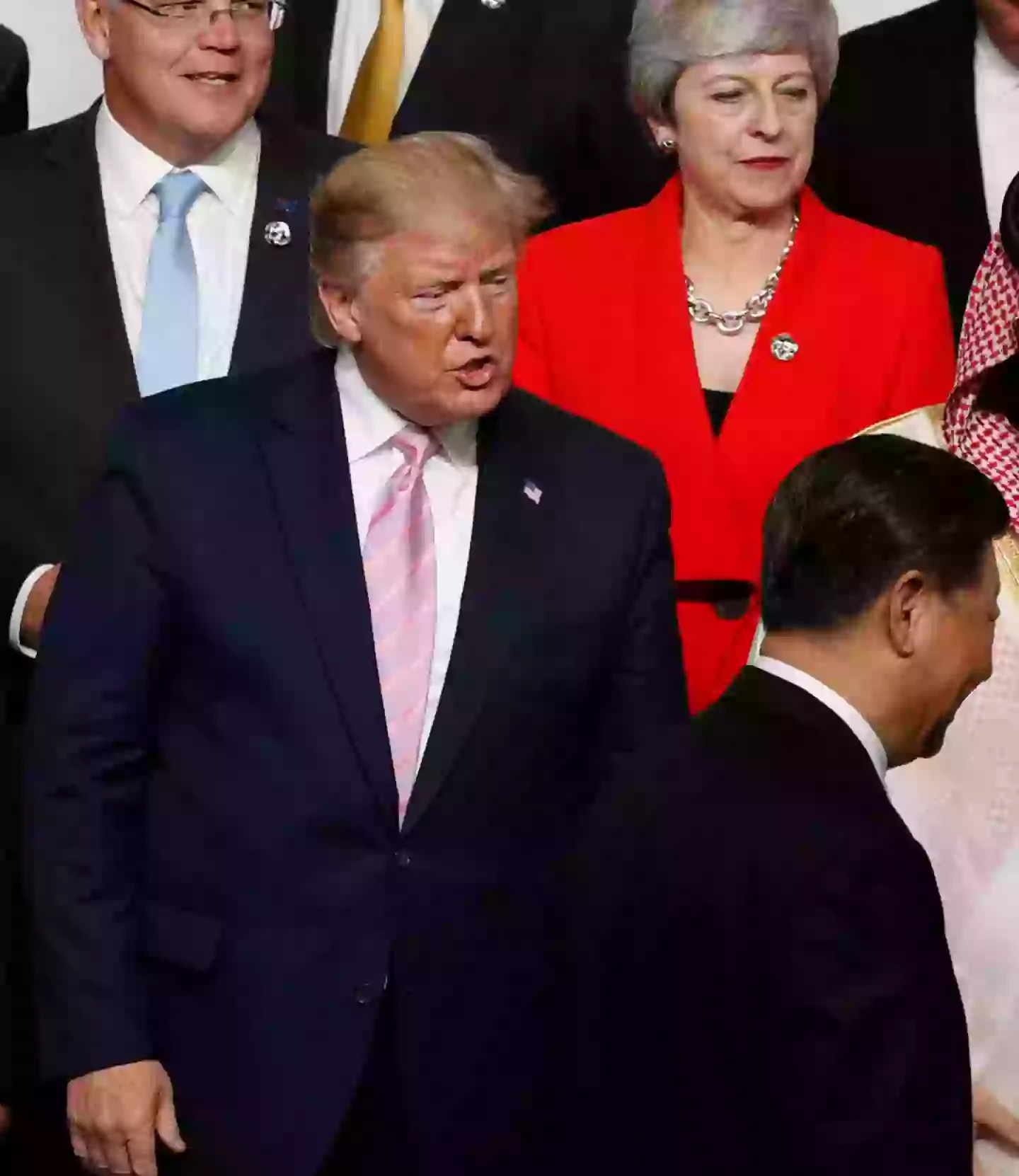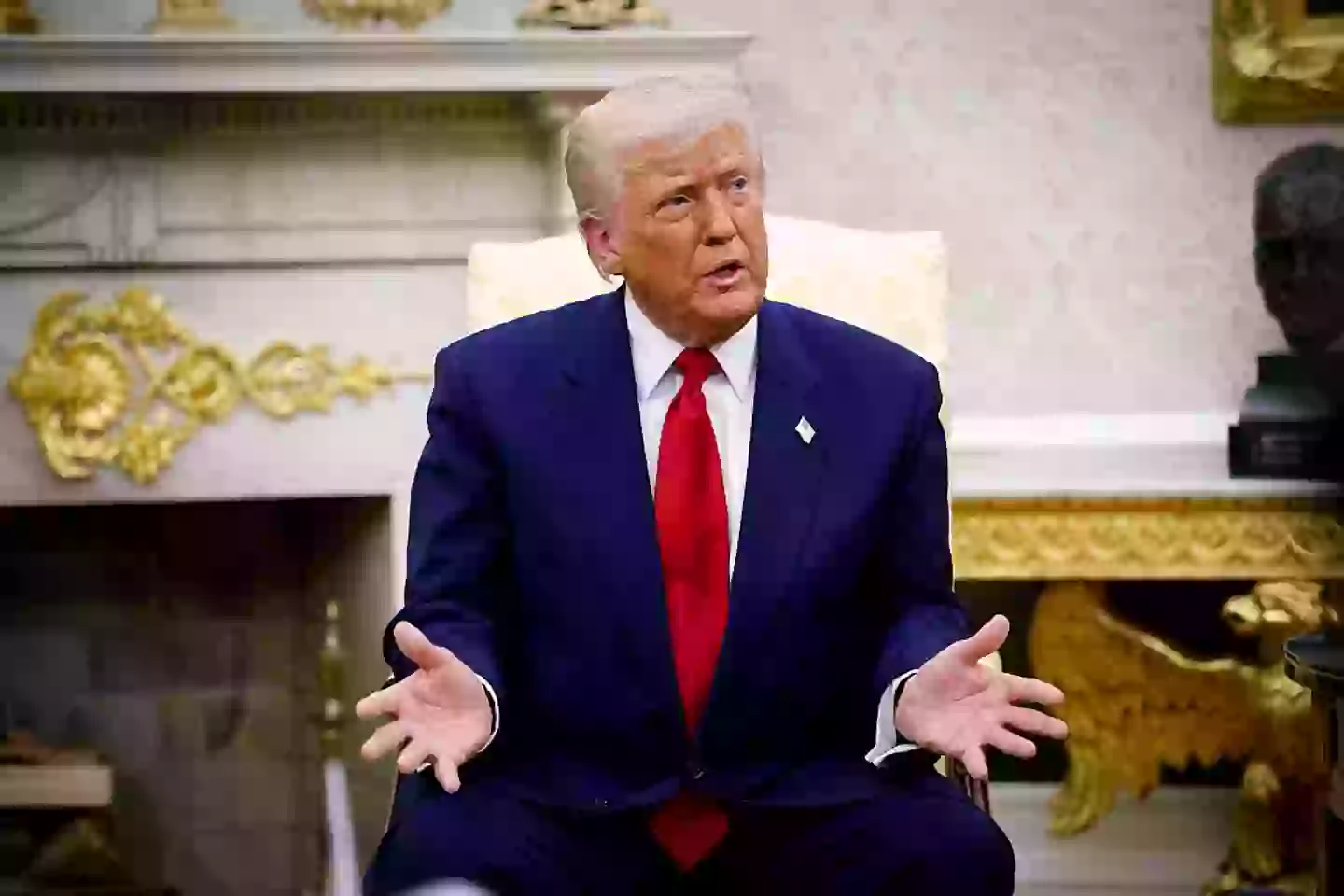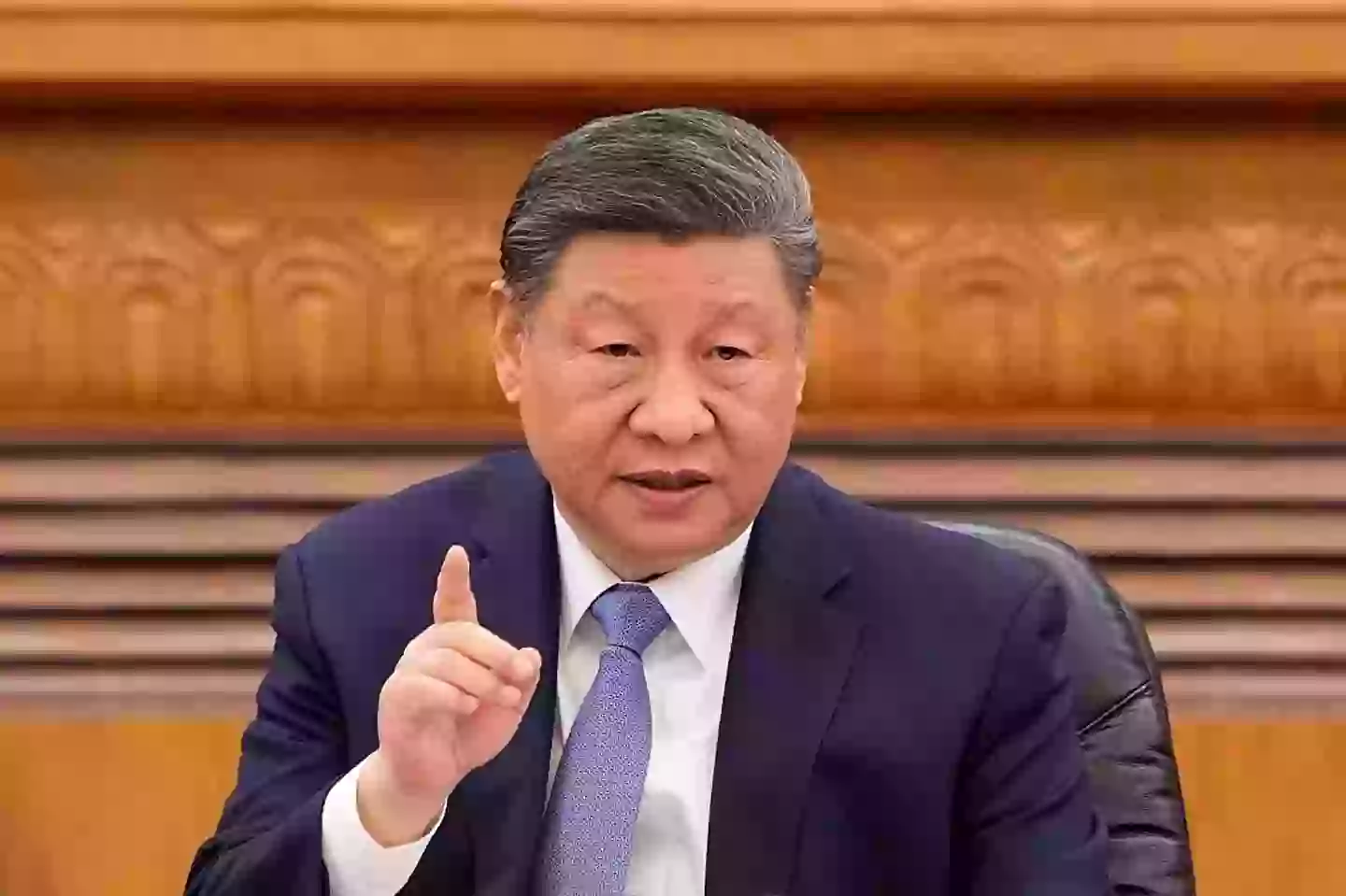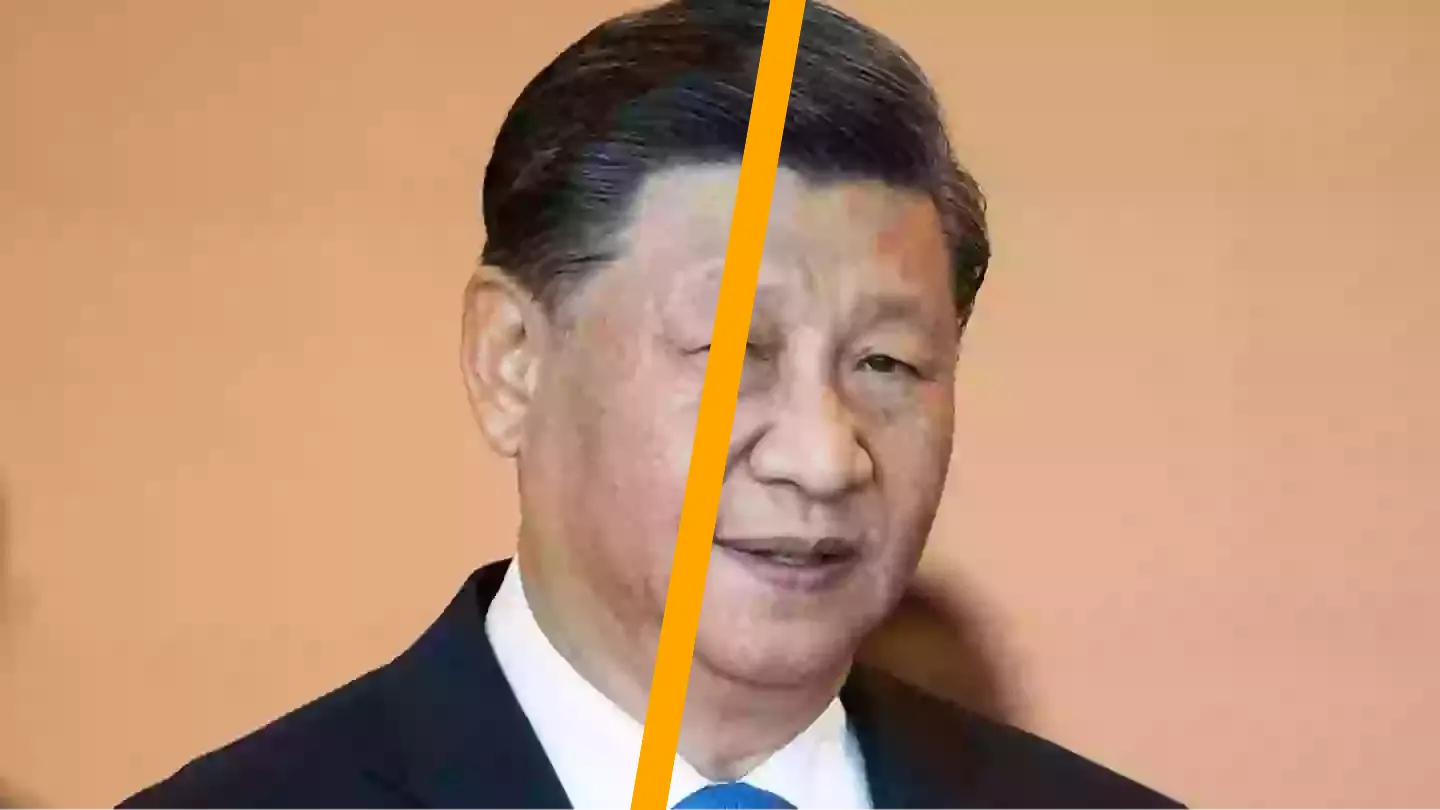China has declared it will impose an additional 84 percent tariff on all goods imported from the United States. This announcement follows the implementation of President Donald Trump’s 104 percent tax on Chinese goods, which came into effect today, April 9. Trump had previously indicated he would impose an extra 50 percent tax on China, resulting in a total tariff of 104 percent.
The new tariffs from China will be effective starting tomorrow.
Following this announcement, European stock markets have seen a decline. The UK’s FTSE 100 index has already dropped 3.3 percent today, while the French Cac 40 and German Dax have both fallen by four percent.

American stock markets will open in just under two hours at 9:30 am ET.
Recently, a baseline levy of at least 10 percent was applied to most of the US’s trading partners, and around 60 countries are anticipating increased tariffs beginning today.
In his ‘Liberation Day’ speech, Trump pointed fingers at the European Union and China, describing them as the major players who “rip us off” the most. He announced reciprocal tariffs of 20 percent for the EU and 34 percent for China.
Upon his return to the White House, Trump criticized China, Mexico, and Canada, accusing them of contributing to illegal immigration and drug trafficking into the United States.
On February 4, a 10 percent tariff was imposed on all Chinese imports to the US, prompting China to react with a 15 percent tariff on coal and liquefied natural gas, along with a 10 percent levy on crude oil, agricultural machinery, and large-engine vehicles starting February 10.

On March 4, Trump increased the tariff on all Chinese imports to 20 percent.
In response, China announced tariffs of up to 15 percent on US agricultural products such as chicken, pork, soybeans, and beef.
The President then suggested a 25 percent tariff on all imports from nations purchasing oil or gas from Venezuela, where China is the largest buyer, obtaining 68 percent of its oil in 2023 according to PBS.
On April 2, Trump confirmed that the US would impose a 34 percent tax on imports from China, in addition to the existing 20 percent, resulting in a total increase of 54 percent.
Subsequently, an additional 50 percent tax was implemented today, bringing the total combined tariff to 104 percent.

China is understandably displeased with this decision.
Beijing quickly announced a 34 percent tariff on US products to be effective from April 10, mirroring Trump’s tariffs.
In retaliation, Trump warned that an additional 50 percent tax could be imposed on April 9, raising the tariffs to a total of 104 percent, should China fail to remove its levy.
China’s Commerce Ministry has accused the US of “blackmail” and “bullying,” and hinted at the possibility of more counter-tariffs on American goods amid the ongoing clash with Trump.
The ministry stated: “The US threat to escalate tariffs on China is a mistake on top of a mistake and once again exposes the blackmailing nature of the US. China will never accept this. If the US insists on its own way, China will fight to the end.”
China has also filed a lawsuit with the World Trade Organization (WTO), claiming that Trump’s tariffs “seriously violate WTO rules.”
In response, China has implemented an 84 percent retaliatory tariff.

